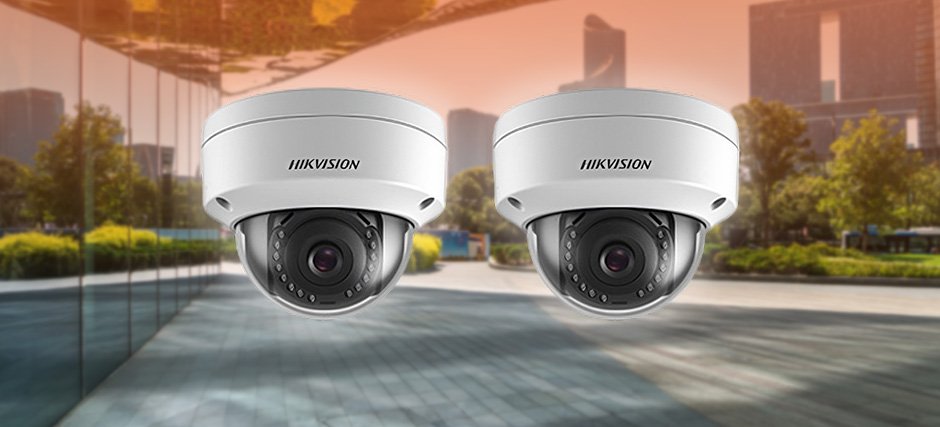5 Tips to Maximise Security with CCTV Cameras

5 Tips to Maximise Security with CCTV Cameras

Singapore is known for being one of the safest countries in the world and our strict CCTV surveillance plays a significant role in this. Not only do CCTV cameras allow authorities to easily identify offenders, but they can also deter crimes as individuals are aware of being watched.
However, having these systems alone is not enough. A well-planned CCTV surveillance strategy is required to truly enhance security in any setting. In this guide, we’ll share insights on how to design a surveillance system that maximises coverage, integrates advanced technologies and aligns with legal and ethical standards to ensure effective monitoring and protection.
Learn more: How Do CCTV Surveillance Systems Work?
Assessment of Security Needs
Before even researching different CCTV cameras, you’ll first have to assess the specific security needs of the site. This involves evaluating factors such as the size of the area, identifying key risk zones, and reviewing any past security challenges.
Understanding these elements helps determine the type and number of cameras needed, as well as their optimal placement. For instance, a large facility might require more cameras with a range of features like high resolution and night vision compared to a smaller site. Key risk areas such as entrances or sensitive zones should be strategically covered for more comprehensive monitoring.
Camera Type and Placement

Once you’ve assessed your security needs, you can start looking into CCTV camera types and their potential placements. Different cameras including dome, bullet and PTZ (pan-tilt-zoom) offer varying functionalities tailored to specific needs.
Dome cameras are ideal for discreet CCTV surveillance in areas where aesthetics and tampering resistance are priorities. Meanwhile bullet cameras are suitable for long-distance monitoring of fixed areas. PTZs provide flexible coverage by enabling remote control of the camera’s direction and zoom, making them useful for large spaces.
Remember, effective camera placement is also essential to maximise coverage and minimise blind spots. Focusing on critical points such as entrances, exits and high-risk areas ensures that all vulnerable zones are well monitored.
Learn more: 3 Things to Look for in a CCTV System
Integration with Other Security Systems
Integrating CCTV cameras with other systems like alarms, access controls and emergency response systems is vital for creating a comprehensive security management platform. Integration empowers seamless coordination between various components of the security infrastructure, enhancing the overall effectiveness of the system. When an alarm is triggered, the CCTV system should be able to automatically focus on the area where the alarm was activated, providing real-time video evidence.
Access control systems can be linked to CCTV to monitor and record entry and exit points, offering an additional layer of security. With a unified approach, all moving parts can work together to react promptly and efficiently to incidents.
Compliance with Regulations
As a country with rigorous laws and regulations, it is no surprise that CCTV surveillance protocols are in place as well to protect individual rights and avoid legal issues. CCTV cameras should not capture private spaces like restrooms or residential areas and strict measures must be implemented to secure video footage.
Access to recorded footage should be limited to authorised personnel only to manage and protect this data. Adhering to these regulations and developing a robust CCTV compliance strategy not only safeguards privacy but also fosters trust among individuals and mitigates the risk of legal repercussions associated with improper surveillance practices.
Ongoing Maintenance and Evaluation

After installing your system, you might think that the job is done, but there’s more to it. Ongoing CCTV maintenance and evaluation ensures that the system remains effective and meets evolving security requirements. Regular maintenance involves updating software to address vulnerabilities, repairing or replacing damaged components and verifying that cameras are functioning correctly.
Periodic evaluations adapt the system to new security challenges, which may include adjusting camera placements or upgrading equipment to address emerging threats. A proactive approach to system upkeep guarantees that the CCTV cameras continue to provide reliable protection in an ever-changing security landscape.
Ultimately, a strong and comprehensive CCTV surveillance strategy is best complemented with quality systems and here is where we can help! As a trusted CCTV supplier in Singapore, our solutions are designed to effortlessly improve security, safeguarding your space and offering greater peace of mind.
Contact us today for more information.

